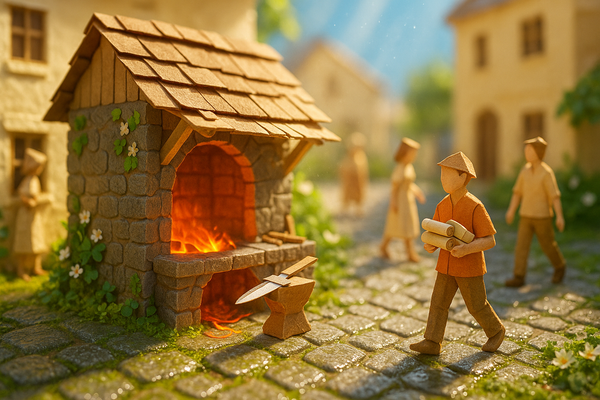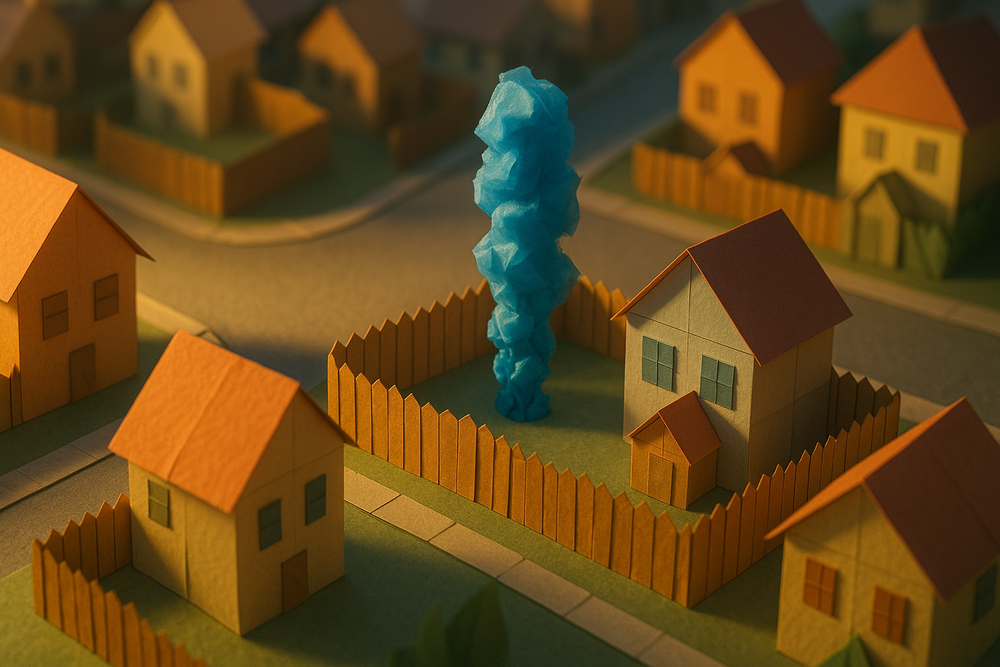Family is often considered the backbone of a story, providing characters with their core values, motivations, and sometimes, their deepest conflicts. Crafting realistic and resonant family dynamics can transform your narrative, adding depth and complexity to your characters and the world they inhabit. Whether you're writing a contemporary novel or a sprawling fantasy epic, understanding how to write family dynamics effectively will help you create compelling, relatable stories that resonate with readers.
The Core of Family Dynamics
At its heart, family is about relationships—those intricate, ever-evolving bonds that shape who we are. When writing family dynamics, it's crucial to focus on the connections between characters rather than just their roles or labels. A mother isn't just a mother; she's an individual with her own history, personality, and desires, all of which influence how she interacts with her children, spouse, and extended family.
The key to writing authentic family dynamics lies in understanding the individuality of each family member while also recognizing the collective identity they form as a unit. This duality—being both an individual and part of a whole—is where the richness of family relationships emerges. Characters should feel like they have lives outside of their familial roles, yet these roles are inextricably linked to their identity.
Conflict: The Lifeblood of Family Stories
Conflict is often the engine that drives a story forward, and in family dynamics, it can be particularly potent. Family members typically know each other’s strengths and vulnerabilities better than anyone else, which means they also know exactly how to push each other’s buttons. This deep understanding makes familial conflict more personal and, often, more painful.
When writing these conflicts, it's important to go beyond surface-level arguments and delve into the underlying issues that fuel them. Is there a history of unresolved resentment? Are there generational differences that create misunderstandings? Perhaps there's an unspoken competition for parental approval or a sibling rivalry that dates back to childhood. By exploring the roots of conflict, you can create more nuanced and emotionally charged interactions.
However, conflict in family dynamics doesn't always have to be negative. It can also manifest as a struggle to support one another in difficult times or a disagreement about what’s best for the family’s future. These types of conflicts are often driven by love and concern, adding layers of complexity to the characters involved.








